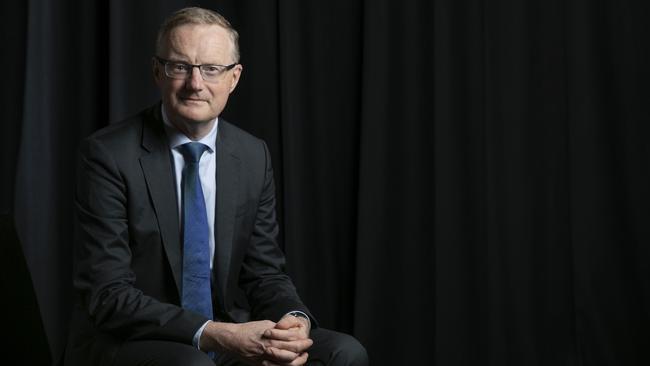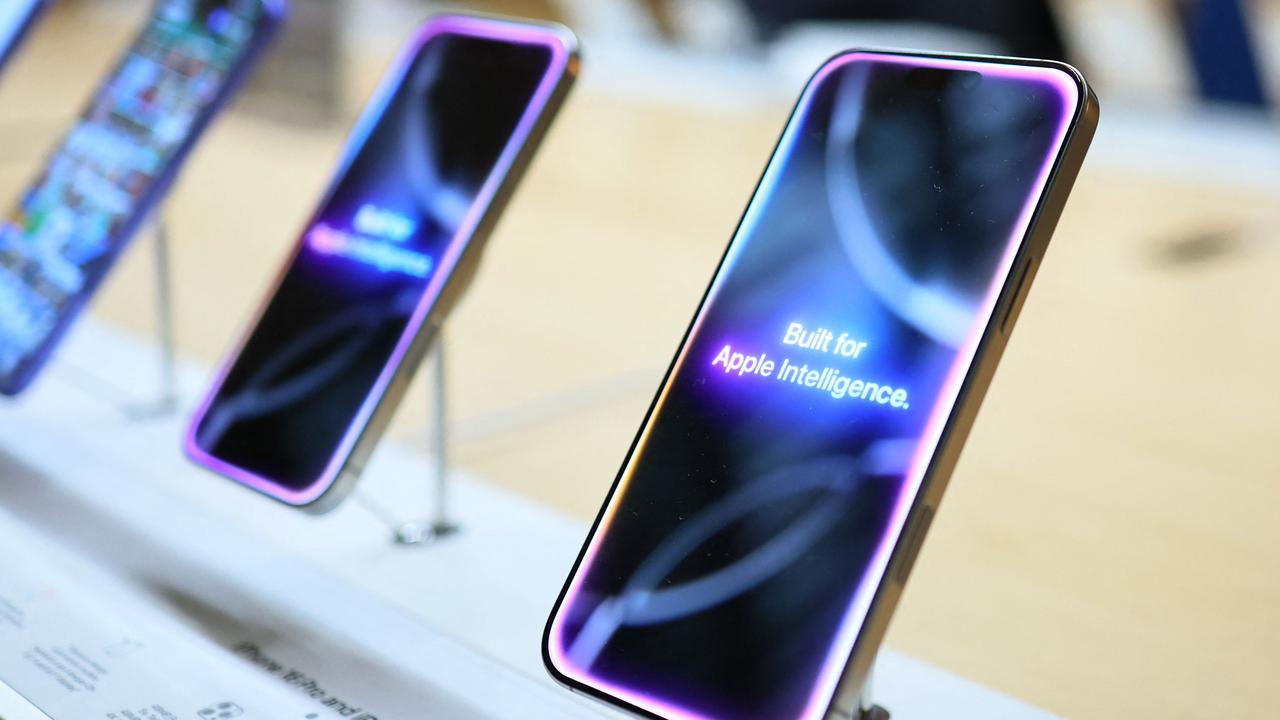Philip Lowe speech: two rate cuts left in Reserve Bank arsenal
RBA boss Philip Lowe says the bank is two rate cuts away from implementing more unorthodox monetary policies.

Reserve Bank governor Philip Lowe has insisted that monetary policy remains effective, declaring the bank is still two rate cuts away from implementing more unorthodox monetary policies.
In what will be seen as a landmark speech, Dr Lowe offered the clearest outline yet on what action the RBA was prepared to take should rate cuts alone fail to set the economy on the path to reaching its 2-3 per cent inflation target over time.
“Conventional monetary policy is still working in Australia and we see the evidence of this in the exchange rate, in asset prices and in the boost to aggregate household disposable income,” Dr Lowe said in a speech in Sydney on Tuesday night.
READ MORE: Lower wage rises ‘the new normal’: Guy Debelle | Interest rate cuts causing pain for no substantial gain | RBA should reserve its wisdom for economics, writes Judith Sloan | What more can the Reserve Bank do to revive the economy?
But Dr Lowe identified 0.25 per cent as the “effective lower bound” for its policy rate.
Since the global financial crisis, central banks have pursued a variety of unconventional policies in a bid to lift growth and inflation. These include: pushing official rates below zero; seeking to lower longer-term bond rates by implementing broad-based asset-purchase programs known as quantitative easing, or QE; and committing to keeping rates low until a certain time or certain conditions are met, known as forward guidance.
Aside from negative rates, investors and economists had speculated on which tools the RBA would be prepared to use, and at what point. Dr Lowe’s speech provided an unexpected level of clarity on those issues. “If — and it is important to emphasise the word if — the Reserve Bank were to undertake a program of quantitative easing, we would purchase government bonds,” Dr Lowe said.
“Our current thinking is that QE becomes an option to be considered at a cash rate of 0.25 per cent, but not before that.”
Futures traders are pricing in a 50 per cent chance of a cut to 0.5 per cent by February, with a move fully priced in by May, on Bloomberg numbers. Financial sector economists expect the RBA will pause after a cut in February while it awaits evidence of how its policy easing is flowing through to economic activity.
The prospect of a fall in rates to 0.25 per cent, while far from certain, will intensify concerns that falling borrowing rates are rekindling rapid house price growth at a time of historic household debt levels. The OECD in its recent economic outlook said further regulatory measures could be needed to constrain Australia’s reheating housing market.
Dr Lowe said the advantage of buying government securities was that doing so would drive benchmark bond yields lower and so affect “all asset prices and interest rates in the economy”.
It would “lower borrowing costs for both governments and private borrowers, and would bring the benefits that come with that”, Dr Lowe said.
Importantly, “an exchange rate effect could also be expected” as lower long-term rates here versus abroad would put downward pressure on the currency.
Dr Lowe cautioned that the RBA’s prospective intervention in bond markets would not immediately follow the exhaustion of more conventional monetary easing. “The threshold for undertaking QE in Australia has not been reached, and I don’t expect it to be reached in the near future,” Dr Lowe said. “In my view, there is not a smooth continuum running from interest rate reductions to quantitative easing. It is a bigger step to engage in money-financed asset purchases by the central bank than it is to cut interest rates.

“It is difficult to be precise, but QE would be considered if there were an accumulation of evidence that, over the medium term, we were unlikely to achieve our objectives. In particular, if we were moving away from, rather than towards, our goals for both full employment and inflation, the purchase of government securities would be on the agenda of the board.
“In this world, I would hope other public policy options were also on the country’s agenda.”
The government last week announced billions of dollars in fast-tracked and new funding for infrastructure projects, as it balances the need to pursue “responsible stimulus” while staying committed to achieving a budget surplus this financial year. Economists have welcomed the additional spending, while noting the size of the additional stimulus would not shake the economy out of sub-trend growth.
Labor Treasury spokesman Jim Chalmers said: “If the government was doing such a good job managing the economy, then the Reserve Bank wouldn’t need to consider such drastic measures. The Liberals have left all of the heavy lifting to the Reserve Bank which has already forced them to cut interest rates to historic lows.”
In his speech, Dr Lowe said negative rates were the “one tool that is truly unconventional” and argued again that rates below zero in Australia were “extraordinarily unlikely”. Looking abroad, “it is not clear that the experience with negative interest rates has been a success,” he said.
Rates have reached -0.5 per cent in Europe and -0.1 per cent in Japan. Such policies might ease pressure on the exchange rate and lower borrowing costs, but “it had become increasingly apparent that negative rates create strains in parts of the banking system” that can hurt the ability of some banks to lend, and “also create problems for pension funds that need to fund long-term liabilities”.
The RBA prefers to track underlying measures of inflation, which exclude more volatile items such as food and energy and so provide a better gauge of price pressures. A widely followed measure, the trimmed-mean CPI, has been below the bottom of the RBA’s targeted 2-3 per cent range since the start of 2016, which means Dr Lowe has failed to achieve his inflation mandate for almost four years.
The bank’s latest projections suggest inflation won’t climb back to 2 per cent before the end of 2021. RBA deputy governor Guy Debelle warned on Tuesday that “lower wage rises have become the new normal”, underlining the challenge the RBA faces in trying to lift inflation when pay rises remain contained.




To join the conversation, please log in. Don't have an account? Register
Join the conversation, you are commenting as Logout